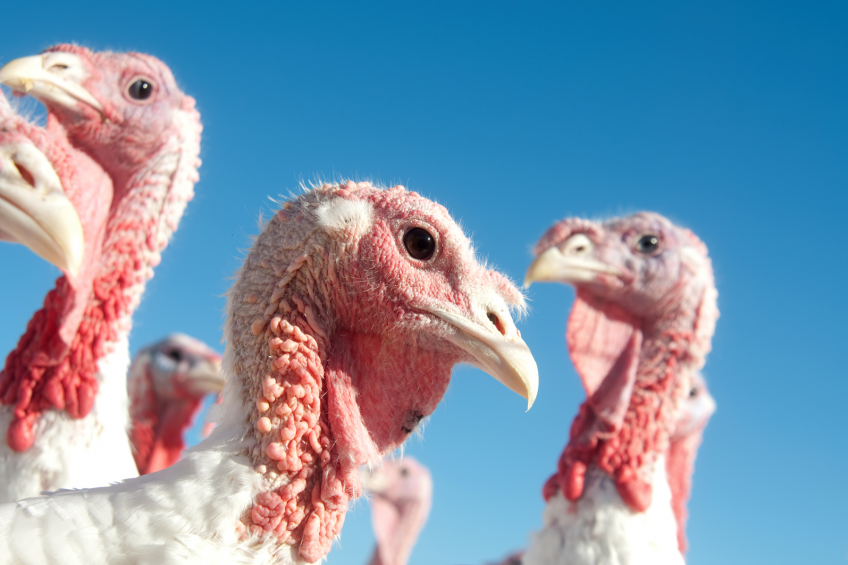New HPAI strain strikes US turkey farm

The US is bracing itself for more avian influenza heartache following confirmation of a previously unseen strain of highly pathogenic H7N8 striking a commercial turkey farm in southern Indiana.
The outbreak, which has prompted the culling of about 60,000 birds, is different than the one that caused more than 200 outbreaks in US poultry last year, according to the US Department of Agriculture (USDA) Animal and Plant Health Inspection Service (APHIS).
Increased mortality in turkey flock
Samples from the turkey flock, which experienced increased mortality, were tested at the Indiana Animal Disease Diagnostic Laboratory at Purdue University, which is a part of USDA’s National Animal Health Laboratory Network, and were confirmed by the USDA.
Speaking at a press conference, T. J. Myers, DVM, PhD, associate deputy administrator for veterinary services at APHIS, said, “Since the outbreak last year, and all the lessons learned from that, there has been a lot of good work to increase our preparatory efforts at the federal side, the state side, and the industry side. So we are hopeful that as we respond very quickly to this virus, that we can get it contained and hopefully not see an extensive outbreak like we did last year. But, again, we’ll see how the days to come unfold.”
The Poultry Tool gives the latest insights on the 40+ most common poultry diseases, focusing on causes, clinical signs and proven treatment and control measures to take in account. With VIDEOS
New strain identified
An Indiana State veterinarian confirmed that the strain was unique to Indiana and the nation and isn’t related to the strains that struck the upper Midwest last year or to an outbreak last May in a backyard flock in north-eastern Indiana.
Indiana is the nation’s fourth-largest turkey producer, the third-biggest egg producer, and first in duck production. The state’s poultry industry is worth $2.5 billion.
Source: CIDRAP












